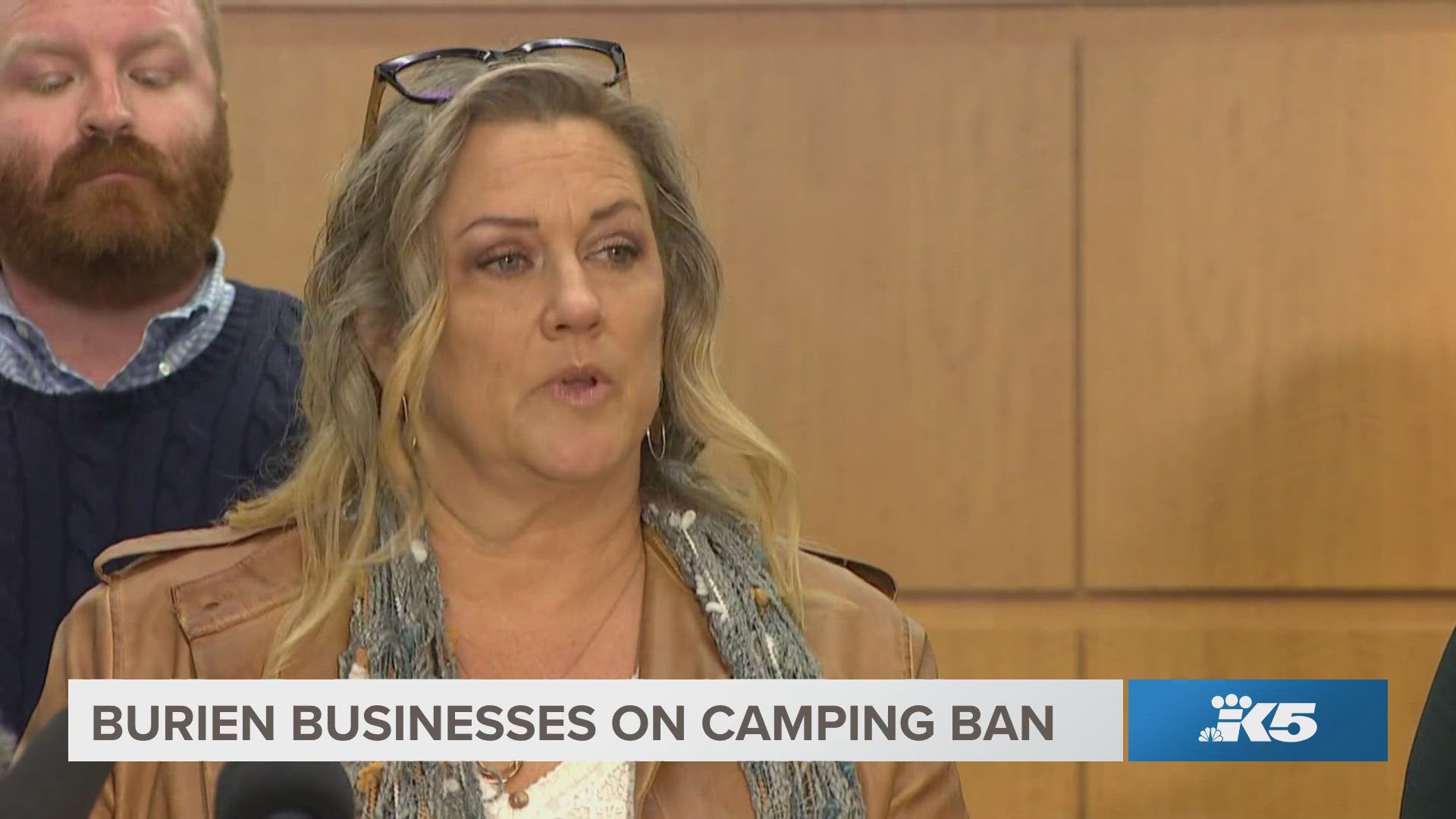Weeds, feral cats, insects and other pests are invading the U.S. West, and state governors released a list of the worst offenders Thursday in hopes of helping people recognize and eradicate the invaders before they spread.
The Western Governors' Association cataloged the top 50 invasive species in their region, saying the pests have already caused billions of dollars in damage to agriculture and infrastructure.
"Western governors have said the spread of invasive species is one of the greatest risks to the Western environment," said Bill Whitacre, the association's policy adviser for public lands and agriculture.
Some of the species on the governors' list have been in the headlines before, including water-gulping salt cedar trees and quagga mussels. Others may be surprises, such as feral cats.
"They have huge impacts to native bird species," Whitacre said.
They're not pets on the loose, he said, but descendants in a long line of feral cats that have learned to live on their own.
Quagga mussels, which clog farm irrigation systems, requiring expensive cleanups. An aquatic weed called the Eurasian watermilfoil can alter the taste of municipal drinking water. Cheatgrass crowds out native grasses on rangeland, leaving less grazing for livestock.
Cheatgrass also competes with sage brush, reducing natural cover for a struggling native ground bird called the greater sage grouse, Whitacre said. It's also more prone to burn, worsening the West's wildfires.
Most states have their own lists of invasive species as well as workers tasked with getting rid of them, or at least controlling them, Whitacre said. But they tend to work only within their borders.
The West-wide invasive species list is a first, and the governors hope it will help state workers collaborate against the broader problem.
"A huge part of invasive species management is knowing what's there and what's not," Whitacre said.
"If there's early detection and rapid response, then there's eradication," he said.


